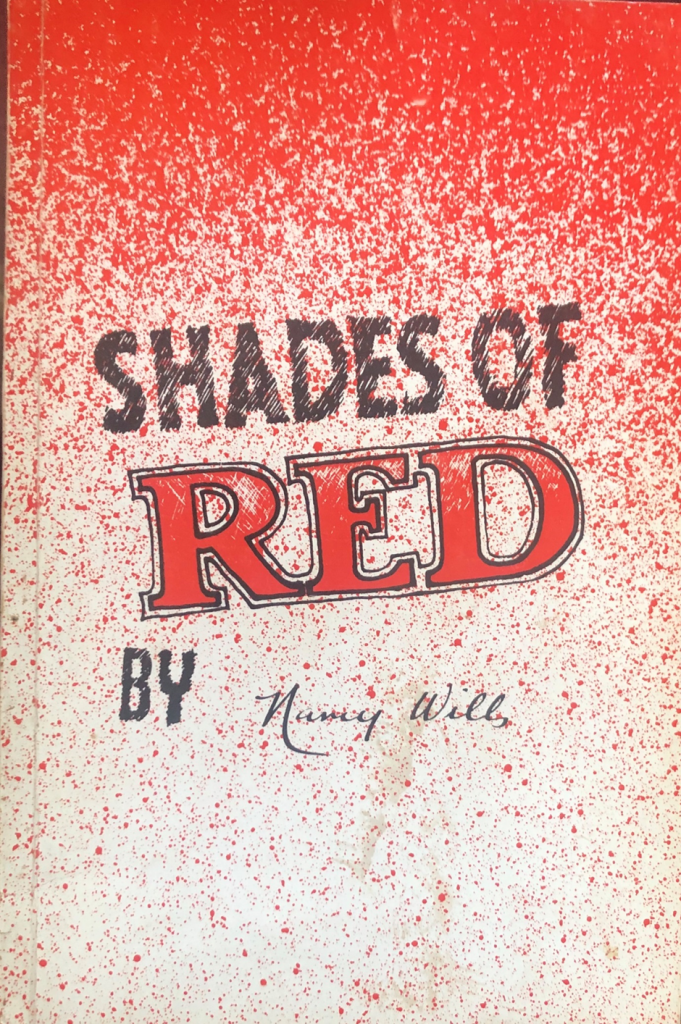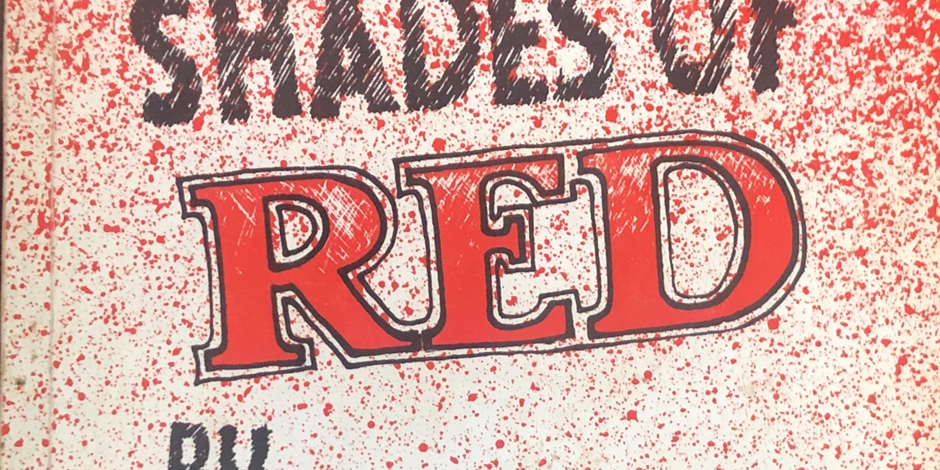Review of a book under the same tile by Nancy Wills, Labor Leader, Vol. 5, No. 1, April 1981, p. 4.

Usually the reminiscences of veteran Communist Party of Australia (CPA) members hero worship the Party, report tit-bits of gossip, re-evaluate while conceding a few trifling errors in CPA policy or tactics over the years, so as to enhance the credibility of their story. Consequently such memoirs are boring, to be avoided except as a cure for insomnia.
Nancy Wills’ celebration of CPA history, Shades of Red, attempts to follow the stock formula and is certainly a dull book.
But a few significant revelations slip through. In her work she unwittingly displays some of the worst features of CPA history.
Ms Wills’ portrait of Jack Hughes, one time President of the Labor Council of NSW in the early 1940s and leader of the breakaway State Labor Party, is interesting.
She describes the State Labor Party as follows: “This State Labor Party operated with the same militancy and had the same attitudes as the banned Communist Party. Jack would make main political announcements, deliver policy speeches and so on, he was the legal voice of the CPA.”
At the time the CPA was a banned political party because it refused to support the Australian decision to declare war on Germany following Hitler’s and Stalin’s invasion of Poland.
The State Labor Party was an amalgam of socialist left forces and the underground CPA.
Federal Labor, including Curtin and Chifley, attacked it as a communist front. Undoubtedly one reason Curtin did not win outright the 1940 Federal elections was due to division between the Labor forces in NSW including Hughes own “Labor” party.
Elsewhere in her book Ms. Wills reveals that she clashed with the same Jack Hughes, Secretary of the NSW Branch of the Federated Clerks Union over the payment of equal wages by her boss, the communist secretary of the Seamen’s Union, Elliot V. Elliot.
She was told: “Hughes is not just the Clerks’ Union, he’s the Control Commission! The way you stand now Sweetie, you’re not just a ‘dissident’ you’re probably an enemy agent”. As a result Ms. Wills was frozen out of the Party and sacked from her job. (The “Control Commission” of the CPA was a committee charged with maintaining ideological purity, with powers of discipline and expulsion. It was modelled on the Communist Party of the Soviet Union).
Jack Hughes was eventually defeated as Secretary of the Clerks Union by an ALP team including Joe Riordan, Phil O’Toole and Vince Higgins. During the battle over control of the Clerks Union in the early 1950s supporters of Hughes claimed he was Labor man and that the allegations that he was a Stalinist were gross fabrications.
If any further evidence is needed to refute this claim, Nancy Wills book does the trick.
Wills also writes of her trips abroad on various ‘peace missions’ funded by the communist party, and the “open secret” that many communists were sent to the Soviet Union before their installation in key union or party positions.
In one of her trips in the late 1940s, she received a press card from the paper Labor News although she had no connection with that publication. Labor News, the organ of the Federated Iron Workers’ Association was then under communist control.
In Czechoslovakia, “I was treated as an honoured guest, the press card took me anywhere, and I had invitations by the score.”
Although Shades of Red tells communist party history through rose tinted glasses, there is enough to show the Stalinist tendencies and cynicism of CPA leaders. It is a legacy the CPA is not keen to disown if Wills’s uncritical account is any guide.
Postscript (2015)
Sometimes even the slightest of memoirs can provide some clinchingly good information. Pinning Jack Hughes down as a communist when he was prominent in the ALP was useful corroboration – from the inside – of what we already knew.






